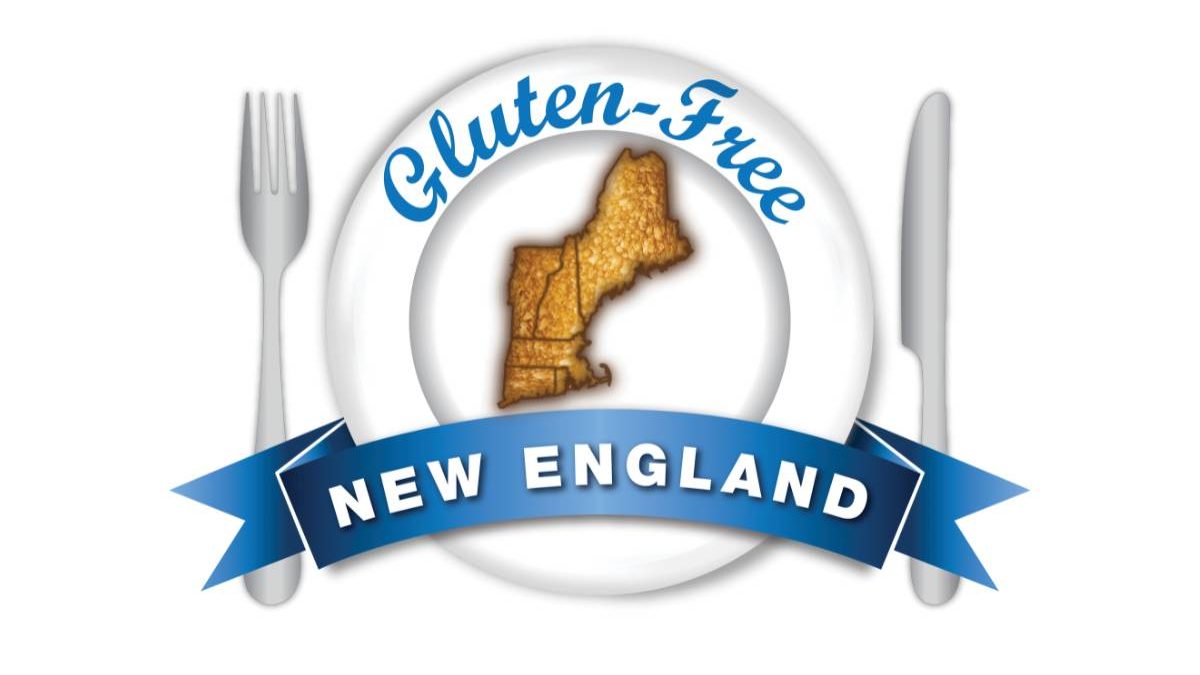Going gluten-free was a fad diet for years. People with Celiac disease must eat a gluten free diet, but millions more people chose gluten-free foods for health benefits, including weight loss. If you’re still on the fence about whether you need a gluten-free diet, this article is for you. These are 7 reasons to consider a gluten-free diet.
Table of Contents
1. Gluten Intolerance Or Autoimmune Disorder
The United States is years behind other countries regarding research on Celiac Disease. It’s also years behind on research regarding gluten intolerance and food allergies, such as a wheat allergy. Gluten intolerance causes:
- Brain fog
- Diarrhea/constipation
- Other digestive issues, such as gas and bloating
- Migraines
- Joint pain
- Inflammation
Over time, it can cause significant health problems if not diagnosed. Most people misdiagnosed their entire lives end up having a very poor quality of life. Simply switching to a gluten-free diet can help you find out what’s going on or find relief for symptoms.
However, make sure that you consult your doctor before switching to a gluten-free diet for health reasons.
2. Weight Loss
A gluten-free diet offers quite a few benefits, not just for people with Celiac disease. Gluten-free foods are usually healthier than foods that aren’t gluten free. Many companies that make gluten-free foods aim to provide people with celiac disease healthier options, which ultimately leads to weight loss.
Healthier foods, such as fruits and vegetables, are naturally gluten-free. When you start a gluten-free diet, you’ll notice that you’re eating plenty of healthy foods. This is necessary to prevent nutritional deficiencies. (Processed foods are infused with vitamins and minerals. Once you stop eating them, you’ll have to get those vitamins and nutrients from natural foods, like fruits and vegetables.)
3. Improved Mental Health
Scientists have found striking links between gut health and mental health. Small studies suggest that patients with schizophrenia have improved symptoms when on a gluten-free diet. Other studies suggest that patients with common mental illnesses, such as ADHD and depression, can find at least a little relief from symptoms with a gluten-free diet.
This also applies to children. Gluten can cause inflammation in the brain, leading to psychological problems. Children that have undiagnosed gluten sensitivity often have anger problems, including temper tantrums. This has been documented in both toddlers and young children.
4. It Can Be Cost Effective
One of the major downsides of going gluten-free is that it can be expensive. At the grocery store, gluten-free items cost an average of over 200% more than their gluten-containing counterparts.
However, that doesn’t mean that you’re stuck paying high prices. Going gluten-free can be cost-effective as well. Making food at home can help you save hundreds of dollars. A gluten free bread recipe is both cheaper and healthier.
5. Less Brain Fog
Brain fog is a symptom of depression, but there are plenty of people that experience brain fog without an underlying mental illness, too. It can make it difficult to remember simple tasks or concentrate on work. When you cut out gluten-containing grains, you’ll notice that you have improved cognitive functioning as the brain fog slowly fades away.
6. Increase In Energy
Another key benefit to eliminating gluten-containing grains is a drastic increase in energy. People experience this regardless of whether they have a wheat allergy or other medical conditions. Within a few weeks, you’ll find that you can stay up all day without needing a nap.
Not only will this help you keep up with your kids, but it can also improve your athletic performance. Research suggests that athletes continue to opt for a gluten-free diet due to it helping their performance. Athletes experience an increase in energy that gives them the stamina they need to beat their opponents on the field.
7. It’s Surprisingly Easy
Eliminating gluten-containing grains gets a bad reputation for being complicated. Most of the food we enjoy has wheat. This is especially true in Western countries. Because of that, most people make the mistake of assuming that going gluten-free will be a hassle.
However, it’s pretty easy to go gluten-free. Simply start with fresh foods, and work your way up to gluten-free recipes. You can enjoy gluten-free pizza, snacks, sandwiches, and more by switching out gluten-containing ingredients for gluten-free ones. Most restaurants offer gluten-free options as well.
Check out the rest of our blogs for more advice on everything from health to money.

